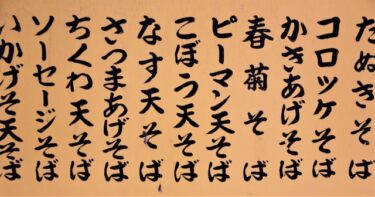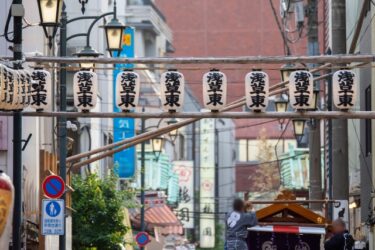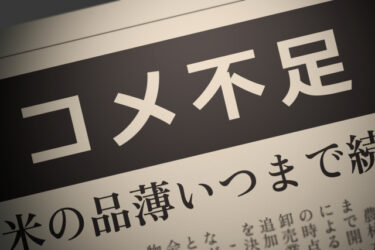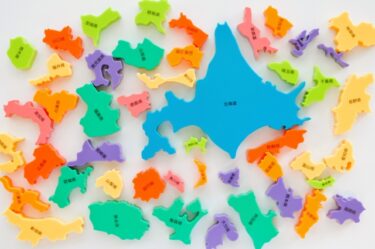The Japanese writing system is a fascinating combination of three different scripts: kanji, hiragana, and katakana. These three scripts serve different functions but are used together in everyday writing. For foreigners learning Japanese, understanding how these scripts work can be both interesting and challenging. In this article, we’ll explore the role of kanji, hiragana, and katakana in the Japanese language, as well as how they are used to represent native words, foreign terms, and pronunciations.
Kanji: The Pictographic Script with Multiple Readings

Kanji, the complex characters borrowed from Chinese, form the backbone of the Japanese writing system. Each kanji represents both meaning and sound, but kanji are unique in that they often have two or more readings: on’yomi and kun’yomi.
On’yomi (Chinese Reading)
On’yomi is the reading of a kanji based on the original Chinese pronunciation. This reading is often used when kanji are part of compound words (when two or more kanji are combined to form a new word). For example, the word “学校” (gakkou) means “school” and uses the on’yomi readings of the kanji “学” (gaku, meaning “study”) and “校” (kou, meaning “school”).
Kun’yomi (Japanese Reading)
Kun’yomi refers to the native Japanese pronunciation of a kanji. This is typically used when a single kanji stands alone, such as in verbs or adjectives. For instance, the kanji “食” (to eat) has the kun’yomi reading “taberu,” used in everyday sentences like “ご飯を食べる” (to eat rice).
Kanji convey meaning and can be read in different ways depending on their context, making them both versatile and complex.
Hiragana: The Foundation of Japanese Phonetics
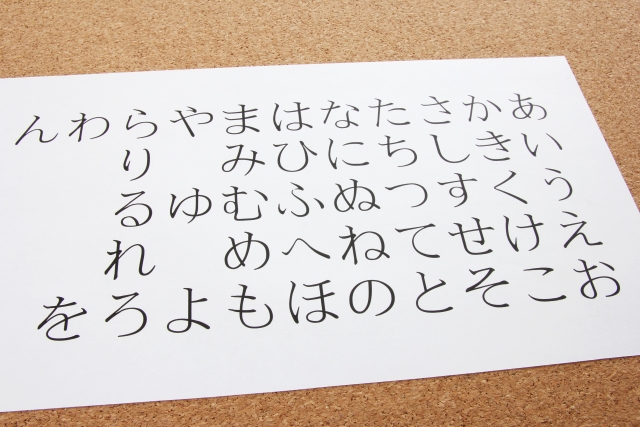
Hiragana is a phonetic script that consists of 46 basic characters, representing every sound in the Japanese language. Unlike kanji, hiragana does not carry meaning but rather represents the pronunciation of words. It is used to write native Japanese words for which no kanji exists, as well as grammatical particles such as “は” (wa) and “を” (wo).
In a sense, hiragana serves as a basic tool for representing the 50 sounds of Japanese, and while it isn’t a pronunciation symbol like those found in dictionaries, it is crucial for writing out how words are spoken. For example, the word “さくら” (sakura) means “cherry blossom,” and each syllable is written out using hiragana.
Hiragana is also helpful for beginners learning Japanese, as it allows them to write sentences without relying on complex kanji.
Katakana: The Script for Foreign Words
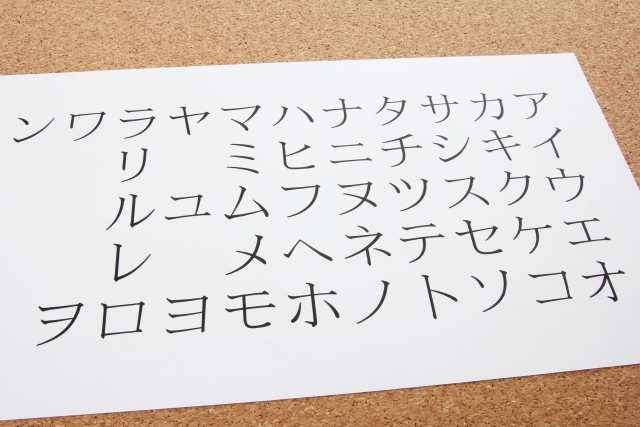
Katakana is another phonetic script, with characters similar in number to hiragana. However, katakana is primarily used to represent foreign loanwords (gairaigo), onomatopoeic sounds, and the names of animals or plants. For example, the English word “computer” becomes “コンピュータ” (konpyu-ta) in katakana.
Katakana is also used for emphasis, similar to italics in English, and for certain scientific or technical terms. Its sharp, angular design contrasts with the more flowing shapes of hiragana, giving it a distinct visual identity.
A Unique Writing System with Complementary Scripts
The combination of kanji, hiragana, and katakana gives the Japanese writing system its complexity and richness. Kanji adds depth and meaning, while hiragana allows for easy representation of pronunciation, and katakana makes it possible to incorporate foreign words into the language. For learners of Japanese, mastering these three scripts is essential for understanding how the language is written and spoken in various contexts. This blend of scripts reflects the rich history and adaptability of the Japanese language.


